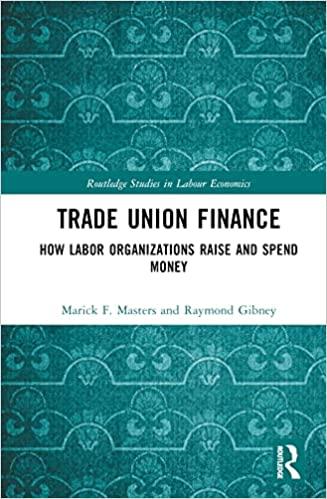Question
11.30. What are the three main categories in the traditional market efficiency classification? Give an example of what each excludes. 11.32. Describe the fundamentals-based classifi-cation
11.30. What are the three main categories in the traditional market efficiency classification? Give an example of what each excludes. 11.32. Describe the fundamentals-based classifi-cation of the strength of belief in market efficiency. Explain how one individual can be at one level but not in the level above or below. 11.34. Define arbitrage. How is it different from a great bet? Is one always better than the other? Q 11.36. Assume that the typical day-to-day noise (standard deviation) is about 100 basis points. Assume that you have the kind of stock-picking ability that earns you an extra 400 basis points per annum. Assume no transaction costs. Ignore compounding and assume that your rate of return is the sum of re-turns over trading days. Assume there are 252 trading days per year. 1.With only 1 day of performance, how much extra do you expect to earn per day? 2. How bad is your noise over 1 day? 3. What is your expected T-statistic (the excess mean divided by the standard deviation)? 4. With 252 trading days of performance, how much extra do you expect to earn per annum? 5. How bad is your noise over 252 days? 6. What is your expected T-statistic now? 7. Work out how many years you would expect to wait before you would obtain statistically signif icant evidence to prove that you have a positive ability to pick stocks.
Step by Step Solution
There are 3 Steps involved in it
Step: 1

Get Instant Access to Expert-Tailored Solutions
See step-by-step solutions with expert insights and AI powered tools for academic success
Step: 2

Step: 3

Ace Your Homework with AI
Get the answers you need in no time with our AI-driven, step-by-step assistance
Get Started


